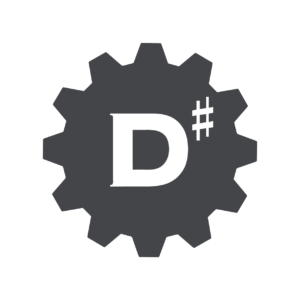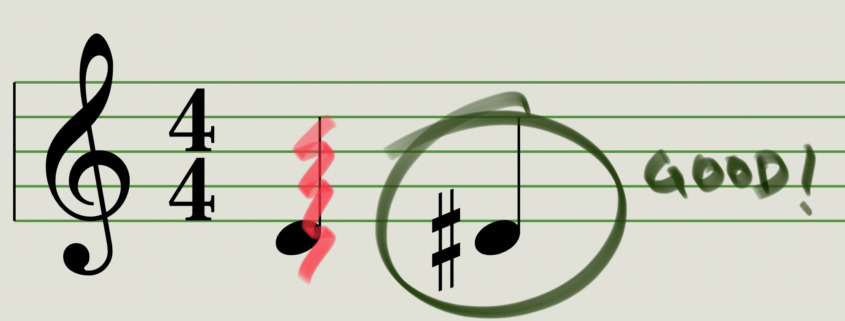The name originates in music; it’s the name of the musical note that is one semitone higher than the note D. It is pronounced [di: ʃɑ:p].
The name itself is a lesson in precision. Note (!) that it is not D#. It’s D♯. The ♯ represents something that is more than the ordinary; specifically a rigorously sharp focus on data and what it actually means. Hence, D♯ stands for a new age and culture in creating modern data platforms.
It’s all about terminology, and understanding it. Traditional linguistics as well as modern conceptual modeling gurus are emphasizing the importance of precision in communication and collaboration. It makes sense to do the best we can to understand each other.
We are in the core of this culture. For us it is important to be precise in defining and using terms describing real life business phenomena in order to solve the correct problem as well as reach maximum productivity. After all, we all want efficient workshops!
Slightly overdoing the music metaphor, it’s never too late to B♯, to C the reality behind the data.
Incidentally, D♯ Engine is implemented using the Microsoft C♯ programming language.
For practical reasons, D♯ may also be written like D#. We don’t mind.




